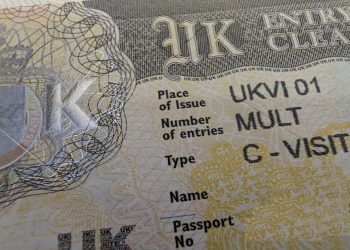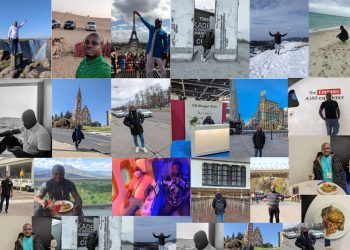For individuals applying for a Canada visa, the biometrics process is a crucial step that involves the collection of fingerprint and facial scan data.
Understanding what happens during this process and the subsequent steps can provide applicants with clarity and peace of mind.
Biometrics for Canada Visa: What’s Checked?
When you undergo biometrics for a Canada visa, a digital fingerprint scanner captures images of all 10 fingers. Simultaneously, a digital photo is taken, focusing on your full face.
The fingerprint and facial scans collected during this process are quick, discreet, and non-intrusive. This data serves as a crucial component in the identity verification process.
The digital photograph must showcase your entire face, ensuring clarity and accuracy in the biometric data collected.
Processing Your Visa Application
Once your biometrics are successfully collected, the next step involves the processing of your visa application. This is particularly true for specific visa categories, such as the study permit application.
For study permit applications, the biometrics data enables the immigration authorities to initiate the processing of your application promptly.
It’s noteworthy that the processing times may vary based on the type of application and the specific stream or program under which you are applying.
Study Permit Application Processing
If you are applying for a study permit through the Student Direct Stream, the processing times are typically expedited.
According to available information, most Student Direct Stream applications are processed within 20 calendar days after the receipt of your biometrics, provided you meet the eligibility criteria.
The expedited processing aims to streamline the application journey for students, allowing them to receive decisions on their study permits more swiftly.
Still have some travel questions? Ask in our Travel WhatsApp Group.








